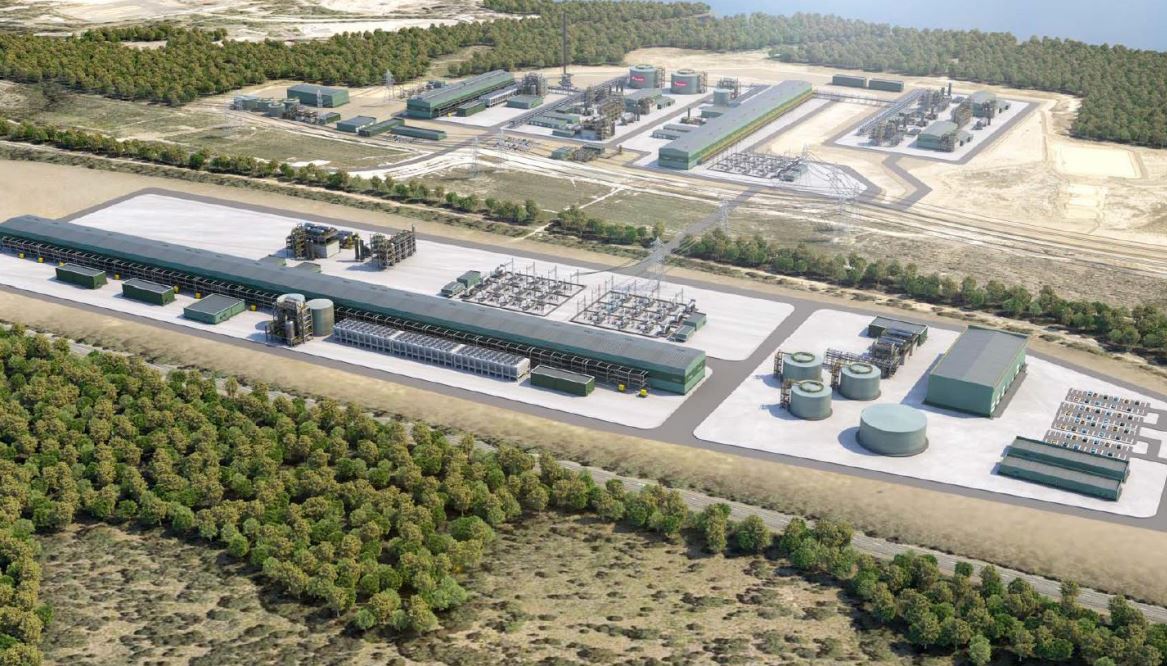Australian LNG player Woodside is planning to make a final investment decision on its proposed H2TAS hydrogen plant in Tasmania in 2023.
Following a final investment decision in 2023, construction and commissioning woud take about 24 months, Woodside said in a statement on Friday.
The firm said it has secured land for the plant, marking another step forward in the company’s plans for large-scale production of renewable hydrogen and
ammonia.
According to Woodside, the land is a partially cleared site in the Austrak Business Park (Long Reach), in the Bell Bay area of northern Tasmania.
Woodside and Austrak have agreed an exclusive option for a long-term lease, it said.
Woodside plans to develop H2TAS in phases with the potential to support up to 1.7 gigawatts (GW) of electrolysis for hydrogen and ammonia production.
The initial phase would have capacity of up to 300 megawatts (MW) and target production of 200,000 tonnes per annum (tpa) of ammonia, matched to forecast customer demand, Woodside said.
H2TAS would use a combination of hydropower and wind power to create a 100 percent renewable ammonia product for export as well as renewable hydrogen for domestic use.
In January 2021, Woodside signed a memorandum of understanding with Tasmania, which
outlined the government’s support for the H2TAS Project.
After that, Woodside announced in May 2021 a project consortium under a heads of agreement with Japanese companies Marubeni Corporation and IHI Corporation.
The partners have completed initial feasibility studies and concluded that it is technically and commercially feasible to export ammonia to Japan from the Bell Bay area.
Interest from customers in Asia and Europe
Woodside CEO Meg O’Neill said, “H2TAS is already garnering interest from existing and prospective Woodside customers in Asia and Europe.”
“Combined with our H2Perth project announced last month, H2TAS would help to position Australia as “a global leader in this emerging industry,” she said.
“Importantly, this project would also create local construction and operational jobs and new opportunities for Tasmanian businesses,” O’Neill said.

